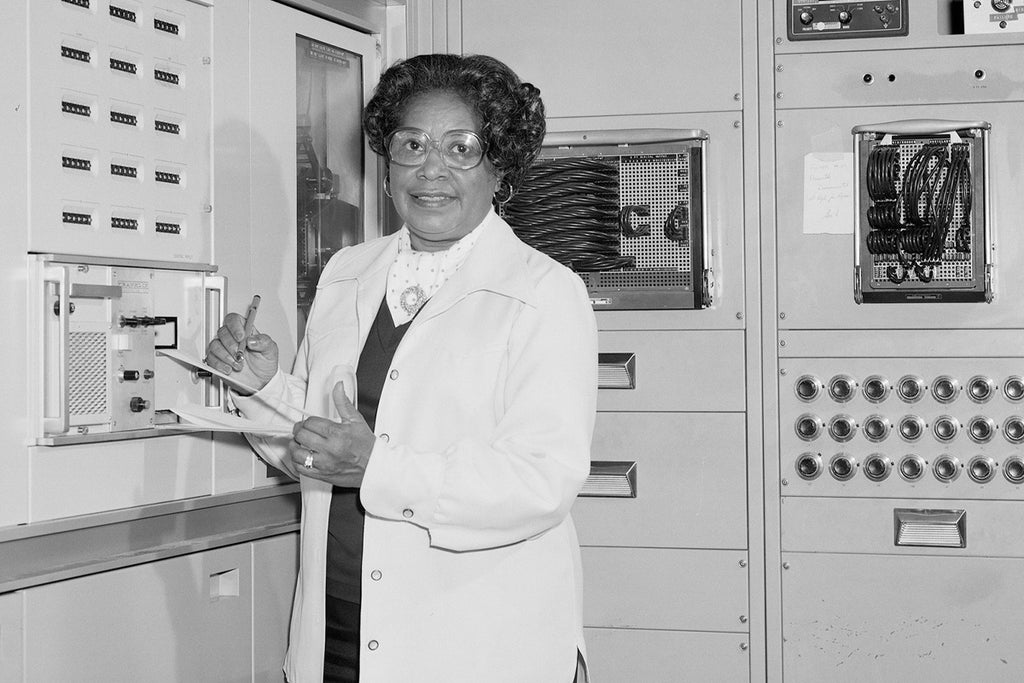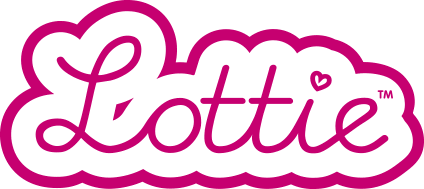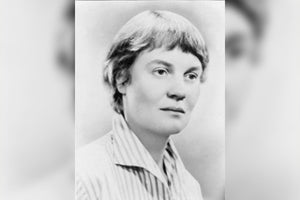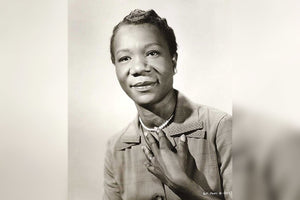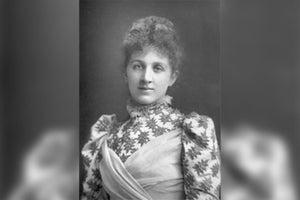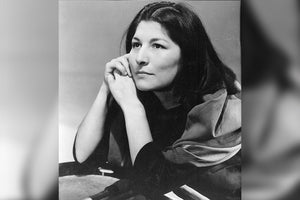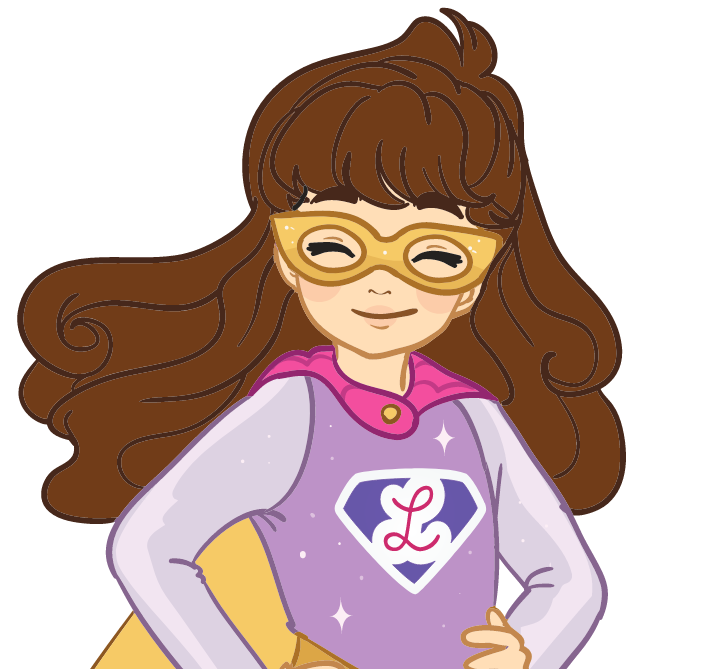Birthday: April 9, 1921
Who is Mary Jackson?
Mary Jackson was a mathematician and engineer from the United States. She was the National Aeronautics and Space Administration's (NASA) first African-American female engineer. Jackson was also well-known for her community service and volunteer work at NASA.
Because of her exceptional abilities in science and mathematics, NASA dubbed her a "human computer." She was born in 1921, at a time when women were thought to be weak. It was also a time where African American women weren’t considered to be anything. It was a dark epoch in which everything was divided and unequal. Despite this, she refused to accept the way things were going in terms of segregation and legal restrictions, so she worked tirelessly and never gave up to become everything she wanted to be and improving the lives of those around her.
Five Facts About Mary Jackson
- In 1958, Mary Jackson became the first African American female engineer at the National Aeronautics and Space Administration.
- She was an aerospace engineer and a competent mathematician at the same time.
- She was born in Hampton, Virginia, on April 9, 1921.
- She got her first teaching job at a public school in Maryland almost immediately, but she knew it wasn't for her and wasn't what she wanted to do for a long time.
- She authored about 12 technical papers for the National Aeronautics and Space Administration (NASA) and NASA.
Early life
She was born in Hampton, Virginia, to Ella and Frank Winston. Schools, as well as water fountains and workplaces, were still segregated during this period. She knew she wanted to be ahead of the game while also changing what was going on at the time. She studied the hardest and did her best in school at George P. Phenix Training School to change the separate and unequal reality they were in.
She graduated with honors from high school in 1937, as one would expect from hard work. She went to Hampton Institute after graduating from high school to study Political Science and Math. She finally received her bachelor's degree five years later.
Career
She got her first job as a teacher at a public school in Maryland almost immediately after graduating from the institute. She knew after a while that teaching was not for her and that it was not what she wanted to do.
She quit her job a year later, in 1943, and went to work for the United Service Organizations as a secretary and bookkeeper (USO). Around that time, she met and married her true love, Levi Jackson. They then had their first child, Levi Jackson Jr., and then a daughter, Carolyn Marie Lewis, together.
She found work at the National Advisory Committee for Aeronautics (NACA), which is now known as the National Aeronautics and Space Administration (NASA), after a few years. She worked as a "human computer" in the segregated West Computers section before being transferred to NACA's Compressibility Research Division in 1953.
In 1953, she accepted a job offer to work on Project Mercury with engineer Kazimierz Czarnecki on a wind tunnel capable of speeds up to twice the speed of sound. Kazimierz Czarnecki provided some hands-on experience before recommending that she enroll in a training program that will allow her to advance from mathematician to engineer. It was a fantastic offer and suggestion, but it was nearly impossible to carry out.
The only school where she could take the courses she needed to become an engineer was Hampton High School, which was segregated. She knew it was going to be hard to attend the school but her being a person to never flinch in front of a challenge, petitioned the City of Hampton to let her attend the classes and got special permission.
She graduated in 1958 and went on to become the first African-American engineer at NASA. She worked as an engineer for NASA's Compressibility Research Division, Full-Scale Research Division, High-Speed Aerodynamics Division, and Subsonic-Transonic Aerodynamics Division, among other divisions.
She wrote about 12 technical papers for the National Aeronautics and Space Administration (NASA). She assisted a science club in building a wind tunnel similar to the one used in Project Mercury from 1970 to 1979. She received the engineering department's most senior award in 1979 and took a demotion to work as an administrator in the Equal Opportunities Specialist field. She was finally able to help other women pursue careers in Science, Engineering, and Mathematics positions at NASA through this department. She worked at NASA until 1985 when she decided to retire.
Legacy
The reality was never fair in her time, and she despised it. Although she despised it, it was the injustice and inequality that pushed her forward and inspired her to work hard. It was the unjustness she knew she had to overcome and fight. It is the reason she ended up where she did.
![]() Fast Shipping
Fast Shipping![]() Subscribe to our Newsletter
Subscribe to our Newsletter![]() 🌟 New Global Competition 🌟
🌟 New Global Competition 🌟